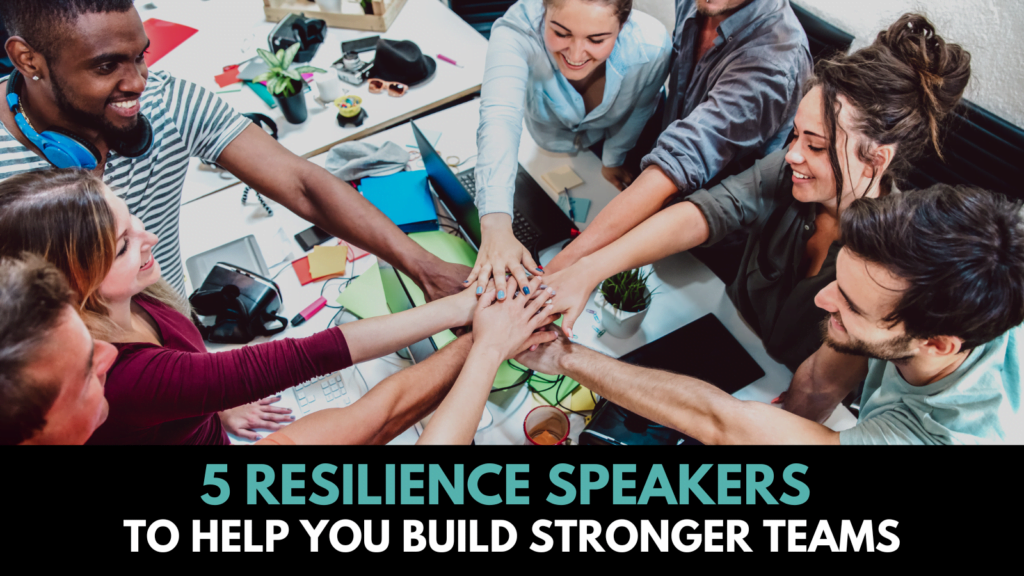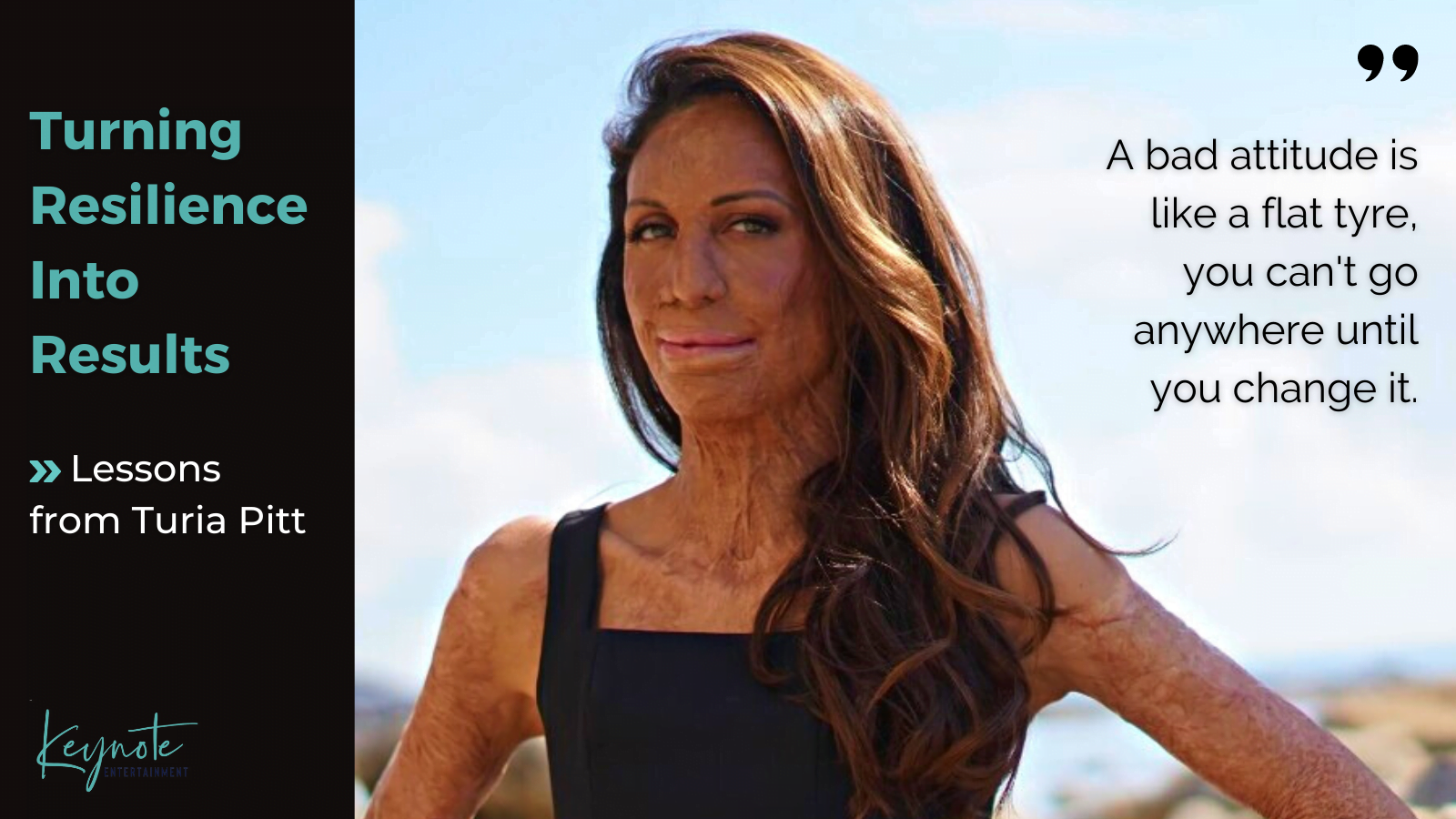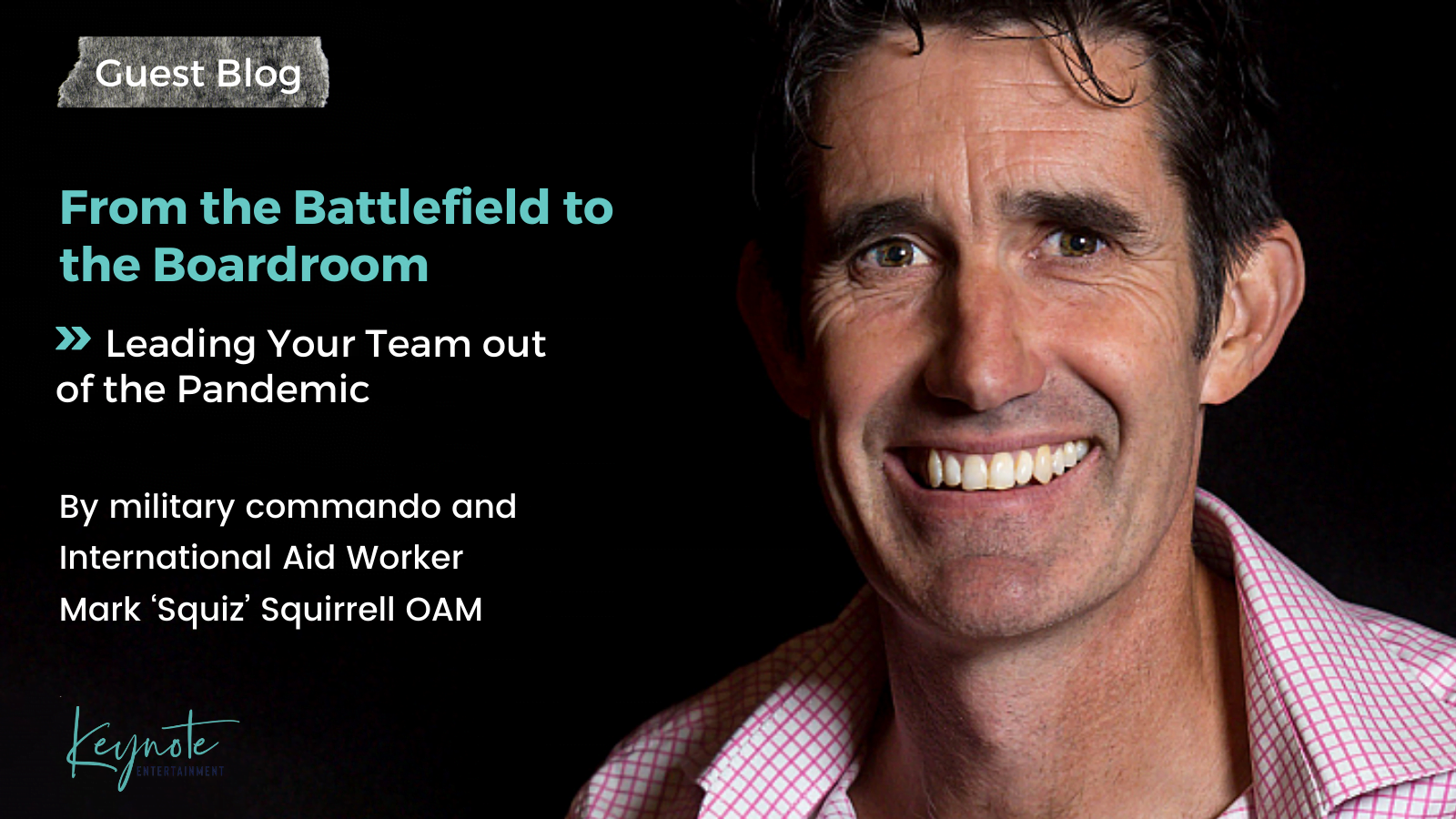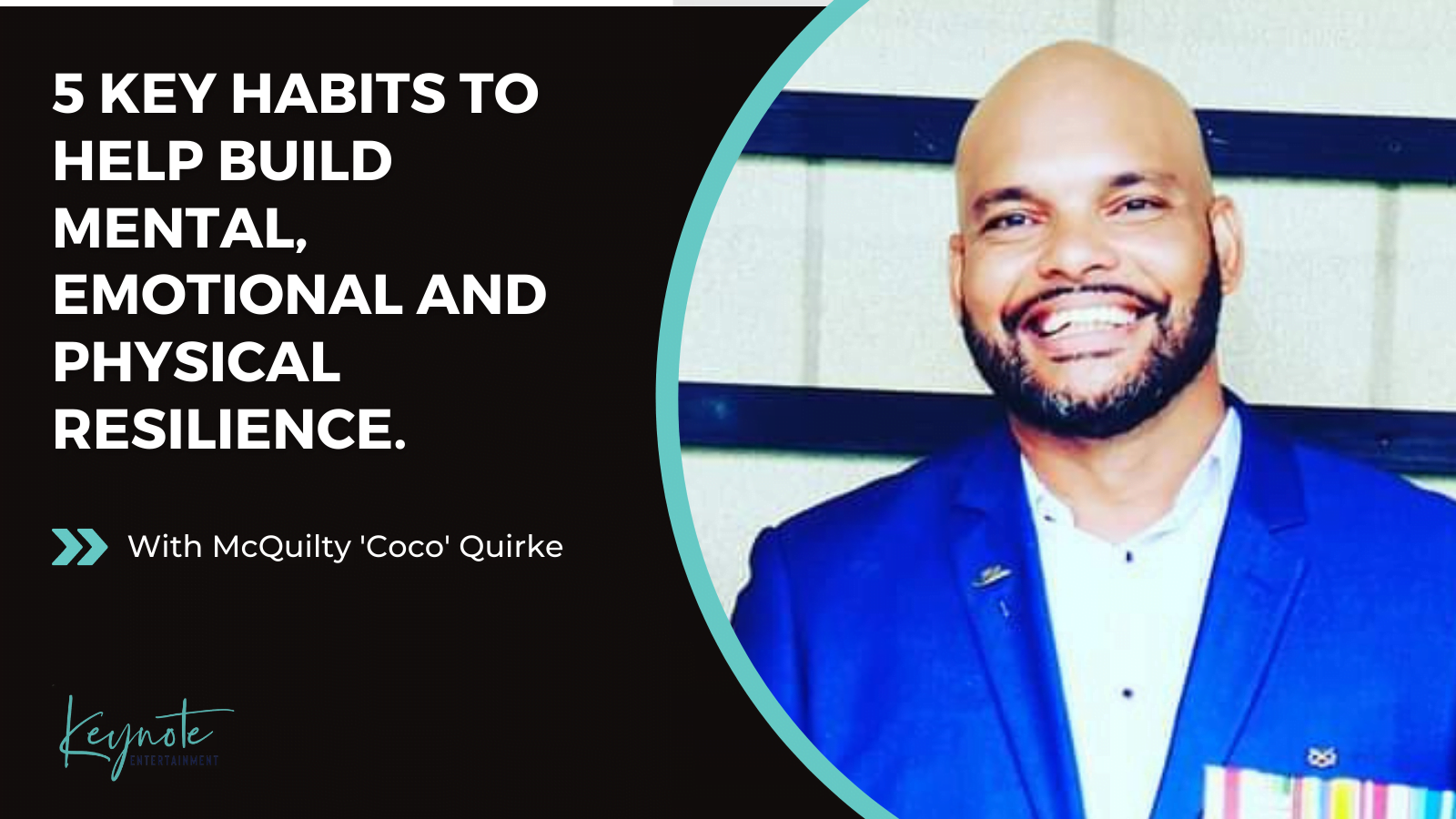The Mindful Approach to Change Management
10 Trending Speaker Topics for 2024
5 Resilience Speakers to Help You Build Stronger Teams
Australia’s Top 10 Wellbeing Speakers
Transform Your Thinking with this 3-Step Mindset Makeover
Lessons from Turia Pitt: Turning Resilience into Results
If there’s anything the last couple of years on the old Corona-coaster has taught us, it’s that we’re a pretty resilient bunch. We’ve navigated our way through a dictionary’s worth of pandemic buzzwords like outbreaks, lockdowns, home-schooling, pivots, unprecedented times and zoom malfunctions, and are finally seeing our way through the ‘new normal’. So how …
Continue reading “Lessons from Turia Pitt: Turning Resilience into Results”
Guest Blog: From the Battlefield to the Boardroom – Leading Your Team Out of the Pandemic.
Written by military commando and International Aid Worker Mark ‘Squiz’ Squirrell OAM. Leading on the Battlefield The windscreen of the lead vehicle in our three-car convoy is shattered by a bullet. The four-inch armoured glass has done its job; the bullet did not penetrate the vehicle. We are in the Gaza Strip and stuck at …
5 Key Habits to Help Build Mental, Emotional and Physical Resilience.
“The oak fought the wind and was broken, the willow bent when it must and survived.” – Robert Jordan ‘Resilience’ is a buzz word for a reason. It’s our response to adversity, how we overcome hardship and challenges – that mental reservoir of strength we tap into in times of need. Terms like ‘bouncing …
Continue reading “5 Key Habits to Help Build Mental, Emotional and Physical Resilience.”
Top 5 Resilience Tips to Get You Through the Week
“She stood in the storm and when the wind did not blow her way, she adjusted her sails.” – Elizabeth Edwards History is full of inspiring examples of human resilience. People who have overcome incredible challenges and adversity to not only survive, but thrive. Did you know that JK Rowling’s Harry Potter manuscript was rejected by …
Continue reading “Top 5 Resilience Tips to Get You Through the Week”










